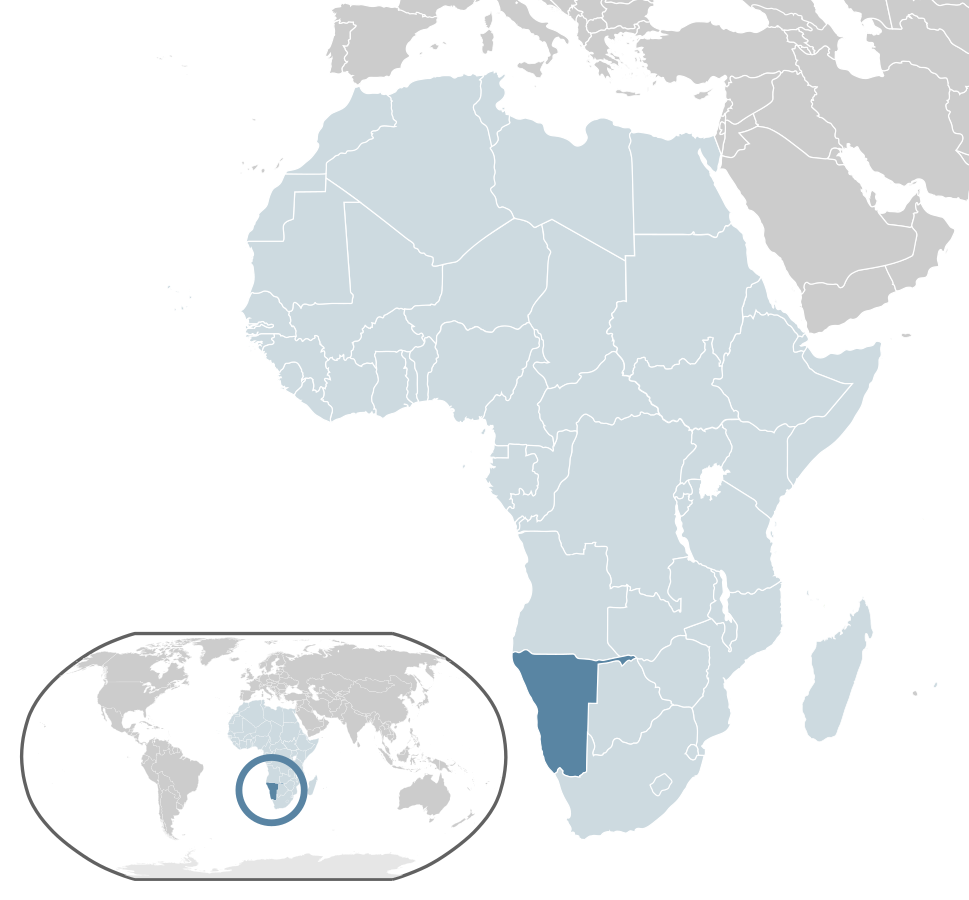In a follow-up on the anthrax outbreak in Bwabwata National Park in Namibia that killed scores of hippos, local media now report that approximately 20 buffalo were counted during an aerial assessment.

Image/ Alvaro1984 18
In a statement this week, the Environment Ministry said that the authorities are working around the clock to find an appropriate action to take. “We urge the public to refrain from touching and using the meat for consumption as this might be catastrophic,” they said.
Minister of Environment and Tourism, Pohamba Shifeta said the destruction of carcasses has started. “Carcasses are both on land and water”, he said.
Anthrax is a pathogen in livestock and wild animals. Some of the more common herbivores are cattle, sheep, goats, horses, camels and deers.
Anthrax is a very serious disease of livestock because it can potentially cause the rapid loss of a large number of animals in a very short time. Affected animals are often found dead with no illness detected.
It infects humans primarily through occupational or incidental exposure with infected animals of their skins.
Anthrax is caused by the bacterium, Bacillus anthracis. This spore forming bacteria can survive in the environment for years because of its ability to resist heat, cold, drying, etc. this is usually the infectious stage of anthrax.
When conditions become favorable, the spores germinate into colonies of bacteria. An example would be a grazing cow ingests spores that in the cow, germinate, grow spread and eventually kill the animal.
The bacteria will form spores in the carcass and then return to the soil to infect other animals. The vegetative form is rarely implicated in transmission.
There are no reports of person-to-person transmission of anthrax. People get anthrax by handling contaminated animal or animal products, consuming undercooked meat of infected animals and more recently, intentional release of spores.
There are three types of human anthrax with differing degrees of seriousness: cutaneous, gastrointestinal and inhalation.
Related:
- Indonesia reports H5N1 avian influenza death
- Madagascar plague outbreak case count reaches 500
- Seychelles: Traveler to Madagascar tests plague positive, Hospital to set up isolation unit
- Zika virus mutations may result in new serotypes: Brazil researcher
- Lyme testing: Ionica Sciences and Global Lyme Alliance partner to develop IonLyme
- Monkeypox: 31 suspected cases reported in seven Nigerian states, public asked to ‘remain calm’

